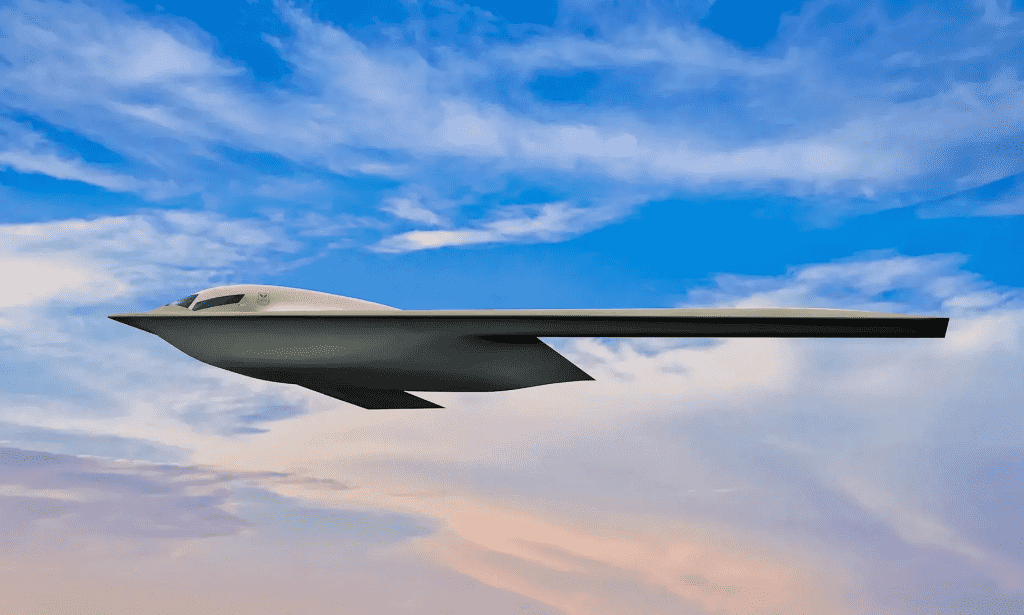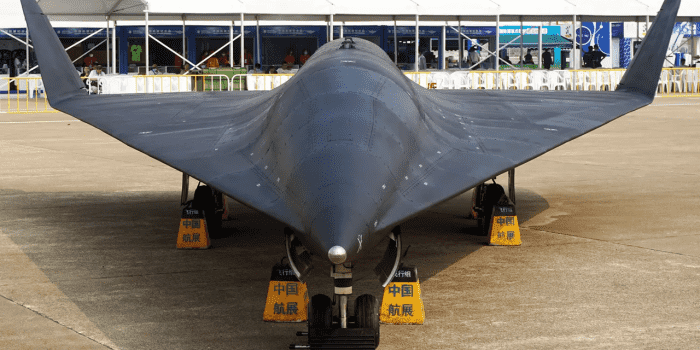China has been on the verge of becoming an economic superpower for quite some time now. The Chinese authorities are now on the cusp of becoming a predominant strategic power; they are acquiring new equipment “five to six times” faster than the United States. This statement has been issued by the Air Force officer, Maj. Gen. Cameron Holt responsible for all aspects of contracting for the service. The USA will have to change its tact, or else it will be overthrown as the number one defense force by China in a matter of years.
Maj Gen Holt also highlighted the efficiency with which the Chinese are going about their defense capability enhancement.
“In purchasing power parity, they spend about one dollar to our 20 dollars to get to the same capability, he said.“ We will lose if we can’t figure out how to drop costs and increase the speed in our defense supply chains.”
Holt also added that the U.S. goes on a purchasing spree, whereas little effort is effectively put into streamlining resource utilization.

Maj Gen Colt stated, “If we don’t change our resourcing system, none of the rest of it matters,” Holt said. In fact, the budgeting process could remain the same today; he argued, “If you just change the execution year flexibilities and modernize Congress’s oversight of it to be more patient.”
While addressing his audience, he also mentioned that getting approvals and explaining the project at every level to individuals with authority over budgetary matters makes acquisition and development painfully slow. In a nutshell, Holt argues, the U.S. defense acquisition process will continue to fail to move as quickly and responsively as it needs to as long as there is no reform.
“We also have gotten a very centrally and micromanaged system of appropriations that have served the Cold War well,” Holt said.
“In this environment today, it is going to kill us. We cannot have a system where the appropriations — where it’s in statute that the name of the program is on that money, and the phase within the program is on the statute, so it’s illegal for a program executive officer inside of execution year to look at that and say — no, there’s a better way to allocate those resources.”

China better understands the fast-paced changes in technologies and how they eclipse older ones. Unfortunately, the U.S. still has its eyes shut over reality. The third aircraft carrier launched earlier this year is just a testament to the fact that China intends to leave no stone unturned to acquire homegrown capabilities at a lightning pace. China may also surpass the USA as far as the naval might in terms of equipment in a few years.
In 2019, the then head of Strategic Command, Gen. John Hyten, used the Air Force Association convention as the chance to draw the attention of the US decision-makers that its defense-industrial complex had lost the ability to “go fast.”
“We have adversaries now, and we see proof in those adversaries that they’re going faster than we are,” Hyten said. “Slow, expensive, that’s the way it is … I’m criticizing the entire process … the entire process is broken … We have to go faster, and we’re not, and it is frustrating the heck out of me. Look at the threat; if we’re not going faster than the threat, then it’s wrong.”
The first-ever Air Force Chief Software Officer, Nicolas Chaillan, who was apprehensive of the approach the US had taken to counter China, provided the Financial Times with a very candid interview when he departed. Chaillan hit out at the Pentagon’s failure to keep pace with its rival China. Amongst the various complaints leveled at the U.S. military’s approach to modernization, Chaillan emphasized what he sees as a lost battle between the United States and China in the field of cyber capabilities, machine learning, artificial intelligence, or AI.

“We have no competing fighting chance against China in 15 to 20 years,” Chaillan told the FT. “Right now, it’s already a done deal; it is already over, in my opinion.” He also called upon the United States to become “smarter, more efficient, and forward-leaning through agility, rapid prototyping, and innovation.”
If we summarize the complete article, US officials and military stakeholders are well aware of the looming Chinese threat and the slow pace with which they are executing their counter maneuver. At the termination of service, many senior US officials point out the problem at hand. The US may have the highest defense budget, but China’s military development is far better than the US. The US will have to shake off the World and Cold war era mindset and devise a new strategy to counter China in all competitive fields.


